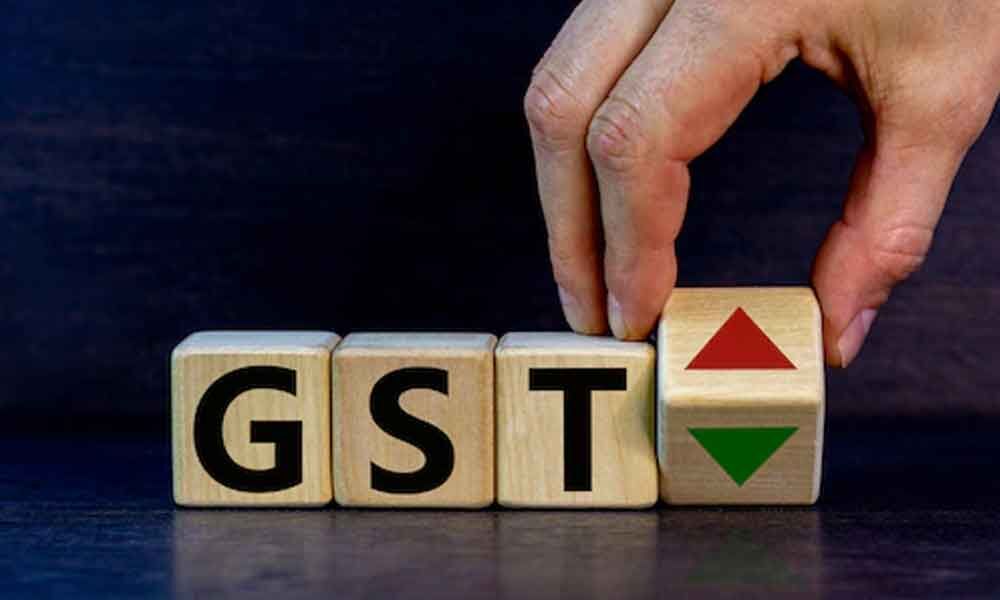All the businesses including small scale enterprises and big multi-national companies are buckling up to welcome the unified tax regime, Goods and Services Tax in the country. The companies are preparing themselves to adhere to the new tax regime. The GST consultancy services are high on demand.
The GST rollout is likely to be from July 1, 2017, less than 75 days away. There are some of the crucial things to know that how the business would witness change once the GST is effective. Following points would be helpful to understand it.
1) Invoice Generation: The first thing comes in focus is regarding the invoice generation. The much-detailed invoice is needed according to GST regime including around 16 particulars. The wrong filing of required information in the invoice may delay the further process of input tax credit.
2) Rise in tax compliance: The GST is likely to put pressure on all the vendors in the supply chain to be tax compliant. The rating system is also in place for all taxpayers depending on their GST scorecard. This is major improvement as against the current tax system which allows supplier to claim tax credit from the government without knowing that whether the vendor has met his tax obligations.
3) ‘intra-state’ and ‘inter-state’ transactions: The complexity of determining ‘intra-state’ and ‘inter-state’ transactions would be left on the shoulders of assesse. If the assesse does any mistake in segregating the transactions then he is likely to pay the correct tax again and claim refund of wrongfully paid taxes. This is going to be troublesome for the businesses if they make any mistakes.
4) Rise in cash requirement by the businesses: The upfront payment of taxes for the businesses which are doing transactions in different states and increase in average service tax would lead to the much more cash requirements for the businesses.
5) Rise in compliance costs: The banks and insurance companies would also face the rise in compliance costs since they need to register separately in all the states in which they are providing services.
The GST rollout is likely to be from July 1, 2017, less than 75 days away. There are some of the crucial things to know that how the business would witness change once the GST is effective. Following points would be helpful to understand it.
1) Invoice Generation: The first thing comes in focus is regarding the invoice generation. The much-detailed invoice is needed according to GST regime including around 16 particulars. The wrong filing of required information in the invoice may delay the further process of input tax credit.
2) Rise in tax compliance: The GST is likely to put pressure on all the vendors in the supply chain to be tax compliant. The rating system is also in place for all taxpayers depending on their GST scorecard. This is major improvement as against the current tax system which allows supplier to claim tax credit from the government without knowing that whether the vendor has met his tax obligations.
3) ‘intra-state’ and ‘inter-state’ transactions: The complexity of determining ‘intra-state’ and ‘inter-state’ transactions would be left on the shoulders of assesse. If the assesse does any mistake in segregating the transactions then he is likely to pay the correct tax again and claim refund of wrongfully paid taxes. This is going to be troublesome for the businesses if they make any mistakes.
4) Rise in cash requirement by the businesses: The upfront payment of taxes for the businesses which are doing transactions in different states and increase in average service tax would lead to the much more cash requirements for the businesses.
5) Rise in compliance costs: The banks and insurance companies would also face the rise in compliance costs since they need to register separately in all the states in which they are providing services.
Source : India Infoline

